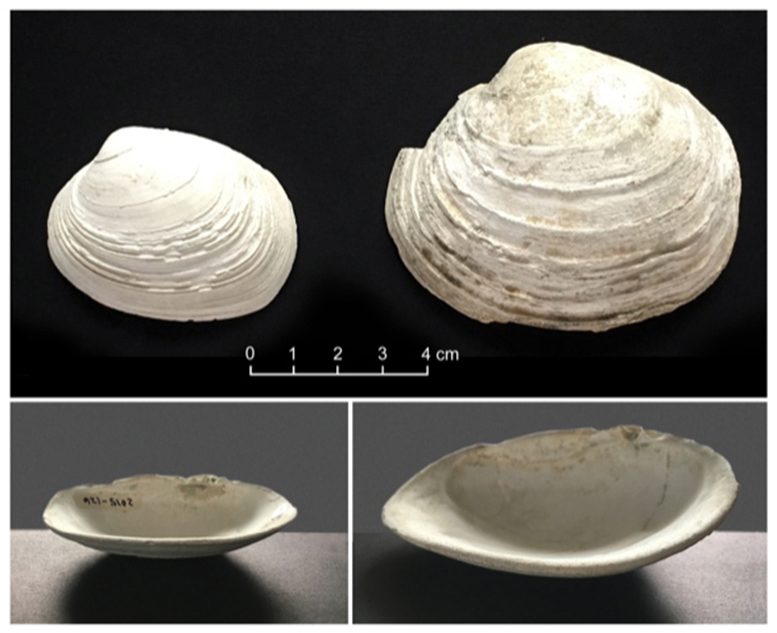
Researchers in SW British Columbia, Canada excavate ancient shells from the beach of a “clam garden”—a constructed rock-face terrace—where Indigenous People cultivated clams. The clam garden fronts a 9,000 year old village that was supported in part by these cultivated clams. Credit: Mark Wunsch
A new study on the long-term relationship between humans and clams in B.C.’s Salish Sea is helping to inform modern marine resource management.
Researchers from Simon Fraser University and the Hakai Institute have found that since European contact, the combination of beach siltation from industrial logging and the cessation of ancient Indigenous management practices has resulted in small, slow-growing clams similar to those from early post-glacial times.
Yet more than 3,500 years ago, clam gardens—intertidal rock-walled terraces built by Indigenous communities—boosted clam production.
Researchers say these findings have significant implications for how we manage clam populations today.
The study, published on October 14, 2019, in the Proceedings of the National Academy of Sciences (PNAS), is co-authored by SFU archaeologists Ginevra Toniello and Dana Lepofsky, SFU biologists Gavia Lertzman-Lepofsky and Anne Salomon, and biologist Kirsten Rowell from the University of Colorado.
The study is one of many initiatives of the “Clam Garden Network,” a collective of researchers who are interested in the cultural and ecological importance of clams.
“Establishing deeper-time baselines will help researchers to fully appreciate dynamic natural processes and the intricate ways in which humans interact with their landscape over the long term,” says Toniello.
By measuring growth rings in butter clams recovered from ancient beaches and archaeological sites, the researchers examined how clam growth and size have changed over the last 11,500 years in response to changing environmental and cultural conditions.
These measurements show that butter clams were small and grew slowly after the Pleistocene when beaches were just forming, but increased in size and growth as conditions improved through the early Holocene.
By 5,000 years ago, Indigenous peoples were taking full advantage of the healthy and abundant clam population, and clams became a dietary staple as human populations grew.
Beginning 3,500 years ago, these communities maintained heavy clam harvests by cultivating clams in clam gardens. Clam garden cultivation re-created favorable growing conditions on par with the best natural conditions in the Holocene, allowing people to sustainably feed large numbers of people for thousands of years.
Understanding the long-term record of human-clam relationships, including traditional management practices, could “boost clam yields today, particularly in the face of the increased ocean climate extremes that are already at our doorstep,” says Salomon.
Lepofsky adds that studies of this kind, “help to counteract the erasure of the age-old connections of Indigenous peoples to their lands and seas.”
Reference: “11,500 y of human–clam relationships provide long-term context for intertidal management in the Salish Sea, British Columbia” by Ginevra Toniello, Dana Lepofsky, Gavia Lertzman-Lepofsky, Anne K. Salomon, and Kirsten Rowell, 14 October 2019, Proceedings of the National Academy of Sciences (PNAS).
DOI: 10.1073/pnas.1905921116
About Simon Fraser University:
As Canada’s engaged university, SFU works with communities, organizations, and partners to create, share and embrace the knowledge that improves life and generates real change. We deliver a world-class education with lifelong value that shapes change-makers, visionaries, and problem-solvers. We connect research and innovation to entrepreneurship and industry to deliver sustainable, relevant solutions to today’s problems. With campuses in British Columbia’s three largest cities – Vancouver, Burnaby, and Surrey – SFU has eight faculties that deliver 193 undergraduate degree programs and 127 graduate degree programs to more than 35,000 students. The university now boasts more than 160,000 alumni residing in 143 countries.

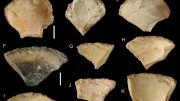

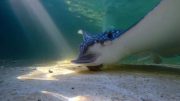
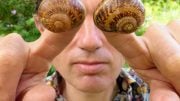
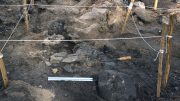

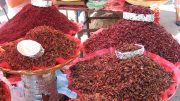

Be the first to comment on "New Study on Human-Clam Relationships Over the Last 11,500 Years"